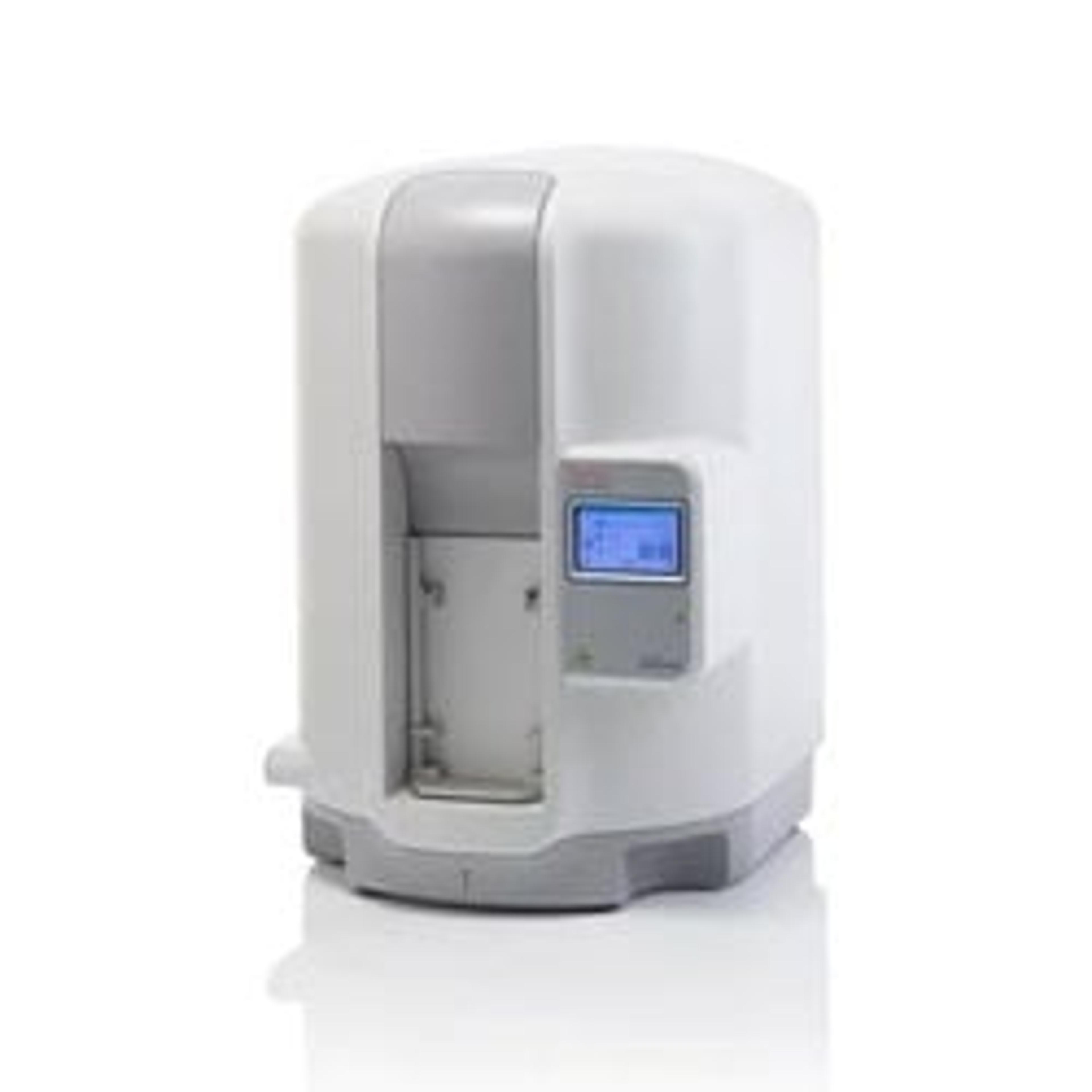Optimizing mycobacterial phenotypic drug susceptibility testing
15 Apr 2025Tuberculosis (TB) and non-tuberculous mycobacterial (NTM) infections continue to present diagnostic challenges for microbiology labs around the world. As resistance to both existing and newly developed antimycobacterial drugs increases, the need for more effective, precise testing methods has never been greater.
While rapid molecular assays have accelerated TB detection, they can’t replace phenotypic drug susceptibility testing (pDST) when it comes to understanding resistance patterns. Due to the inherently slow growth of mycobacteria and their complex cell structures, conventional culture-based testing can take weeks—delaying critical insights needed for patient care and public health surveillance.
Recognizing these challenges, laboratories are increasingly turning to MIC-based methods such as optimized broth microdilution. These approaches not only allow for the simultaneous testing of multiple antimycobacterial agents but also provide deeper insight into resistance levels, emerging patterns, and potential treatment efficacy.
In this resource, find out how Thermo Fisher Scientific supports these evolving needs through innovative tools like the Sensititre™ Myco TB Plate. Designed for research use, these customizable solutions enable labs to test newer and re-purposed antimycobacterial drugs—helping teams like those at Johns Hopkins University and the CDC to uncover emerging resistance and guide treatment pathways.

